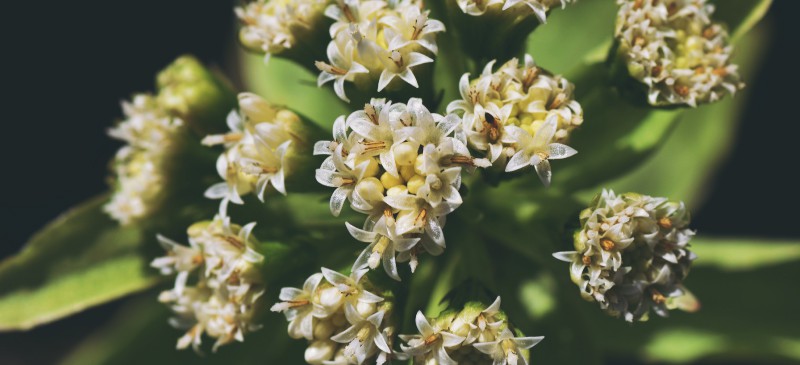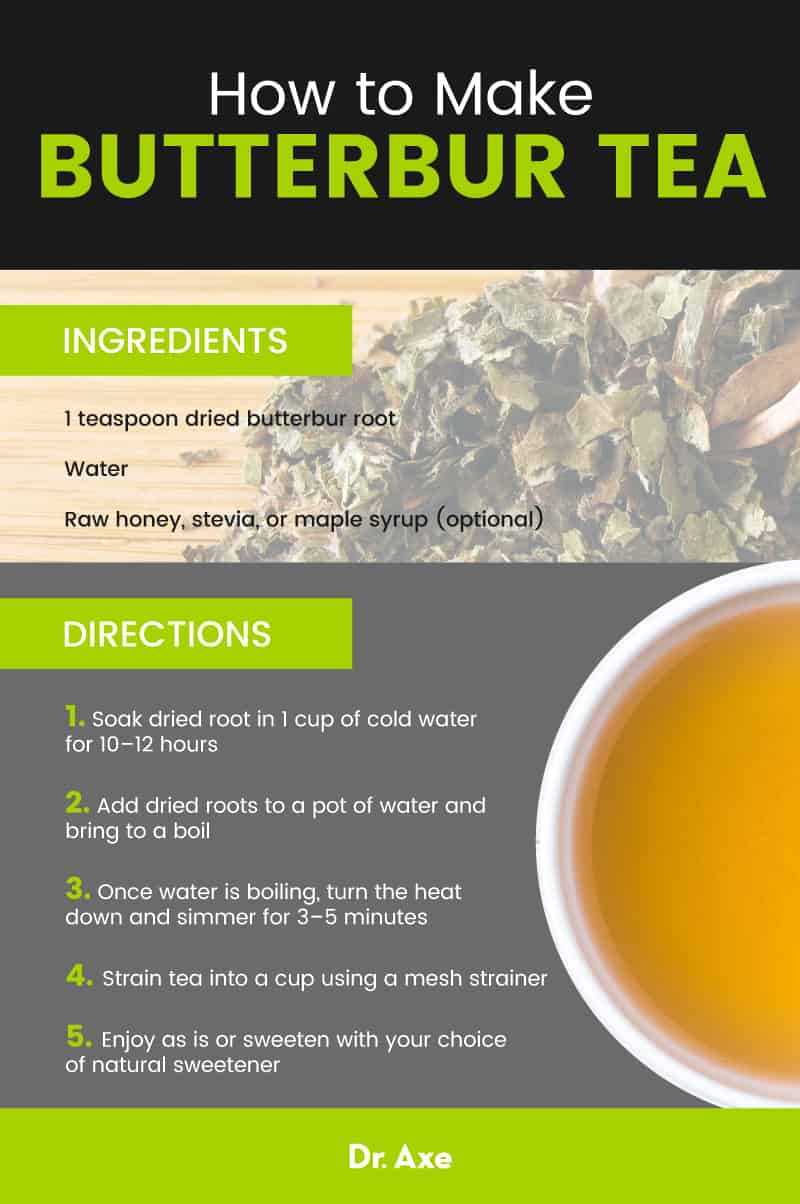This Dr. Axe content is medically reviewed or fact checked to ensure factually accurate information.
With strict editorial sourcing guidelines, we only link to academic research institutions, reputable media sites and, when research is available, medically peer-reviewed studies. Note that the numbers in parentheses (1, 2, etc.) are clickable links to these studies.
The information in our articles is NOT intended to replace a one-on-one relationship with a qualified health care professional and is not intended as medical advice.
This article is based on scientific evidence, written by experts and fact checked by our trained editorial staff. Note that the numbers in parentheses (1, 2, etc.) are clickable links to medically peer-reviewed studies.
Our team includes licensed nutritionists and dietitians, certified health education specialists, as well as certified strength and conditioning specialists, personal trainers and corrective exercise specialists. Our team aims to be not only thorough with its research, but also objective and unbiased.
The information in our articles is NOT intended to replace a one-on-one relationship with a qualified health care professional and is not intended as medical advice.
Butterbur: The Herb that Relieves Allergies, Migraines & More
April 28, 2018

Seasonal allergies are often accompanied by a flurry of unpleasant symptoms. Sneezing, sniffling and itchy, uncomfortable eyes are just a few of the irksome side effects that come with the season. If you’re like most, you’ve probably desperately reached for the antihistamines to find quick relief from your allergies only to experience added symptoms like drowsiness, dry mouth or nausea. Fortunately, there are natural allergy remedies, like butterbur, which can help prevent symptoms without the unpleasant side effects.
Butterbur is good for more than just allergy season, though. It can be used year-round to relieve inflammation, prevent migraines, reduce asthma symptoms, and even protect the brain and heart from damage. In the past, it was also used as a traditional treatment to help heal wounds, reduce urinary tract infection symptoms and fight off fevers.
Available in a convenient capsule form, adding butterbur to your medicine cabinet can make a big impact on your health and may even reduce your need for other medications.
What Is Butterbur?
Butterbur, or Petasites hybridus, is a type of shrub typically found in Europe as well as some parts of Asia and North America.
As a member of the sunflower family of plants, it is related to the dandelion, marigold, dahlia, safflower, thistle and artichoke.
The butterbur plant is a perennial plant with white, pink or green flowers that bloom in late winter or spring. It also has large, round, rhubarb-like leaves that were supposedly used to wrap butter in when the weather was warm, giving this herb its distinctive name.
Its potent medicinal properties have been used for centuries as a natural remedy for a myriad of conditions. Still, it is only recently that studies have begun to unearth the many health benefits of butterbur.
Today, it is a common component of many over-the-counter products. Extracts from the leaves, stem and roots of the plant are typically available in softgel capsule form, making it quick, easy and convenient to add to your daily routine.
Butterbur Benefits
- Treats Seasonal Allergies
- Relieves Migraines
- Reduces Asthma Symptoms
- Protects the Brain
- Promotes Heart Health
- Decreases Inflammation
1. Treats Seasonal Allergies
Allergic rhinitis, also known as hay fever or seasonal allergies, is an allergic response that results in symptoms like sneezing and itchy, watery eyes. Although traditional treatment includes medications like antihistamines, steroids and decongestants, butterbur may be an effective natural alternative to help reduce symptoms.
In one study out of Switzerland with 168 participants, butterbur extract was significantly more effective at treating hay fever than a placebo in a randomized, double-blind, placebo-controlled, parallel-group comparison. (1)
In another study, the effects of butterbur were compared to cetirizine, also known as Zyrtec, a drug used to treat seasonal allergies. Not only was buterbur as effective as cetirizine at improving symptoms, but it also resulted in less negative side effects, such as drowsiness and fatigue. (2)
For those who suffer from seasonal allergies, butterbur may be an excellent option to help decrease symptoms and avoid the adverse side effects that can come with traditional medications.
2. Relieves Migraines
If you’ve ever suffered from migraines, you are probably all too familiar with the long list of migraine symptoms that come with them. Throbbing pain, sensitivity to light and sound, dizziness, nausea, and vomiting are all common side effects when you have a migraine.
Fortunately, there are many natural remedies that can help lessen symptoms. In fact, butterbur extract has been shown to help naturally treat migraines.
In a study published in Neurology, butterbur slashed migraine frequency by 48 percent over a four-month treatment period. (3) Another trial found similar results, showing that the herb decreased the number of migraines by 47 percent and was significantly more effective than a placebo. (4)
Further research out of Germany focused just on children and adolescents taking butterbur and found migraine frequency dropped by 63 percent, and 91 percent still felt improvements four months after treatment. (5)
If you suffer from frequent migraines, butterbur may be a great natural remedy to keep on hand. You may also want to consider other natural remedies, like feverfew, that have been shown to provide migraine relief as well.
3. Reduces Asthma Symptoms
Asthma is a common problem worldwide, affecting an estimated 300 million people and accounting for 250,000 premature deaths each year. (6) Some evidence shows that butterbur could be used in combination with traditional treatment to help improve asthma symptoms.
A 2004 study conducted by the University of Heidelberg in Germany measured the effects of butterbur on 80 participants with asthma for four months. Not only did the severity, duration and number of asthma attacks decrease, but symptoms also improved and 40 percent of participants reduced their use of asthma medications. (7)
An animal study out of Seoul also showed that butterbur possesses potent anti-inflammatory properties that may aid in the treatment of asthma. (8)
Using butterbur, alone or with other treatments for asthma, could help reduce symptoms and severity of asthma while lowering the number of asthma attacks.

4. Protects the Brain
Interestingly enough, there is some evidence showing that butterbur could help keep your brain healthy and protect it against oxidative damage.
Oxidative damage is caused by the buildup of harmful free radicals, compounds that form as a result of factors like stress, pollution and a poor diet. If free radicals aren’t neutralized by antioxidants, they can cause damage to your cells and even lead to chronic disease.
An animal study published in the European Journal of Nutrition demonstrated that butterbur has a protective effect on the brain. In fact, it was able to prevent damage to the brain even after a neurotoxin was administered. (9)
Butterbur also contains a plant compound called kaempferol, which is also found in foods like broccoli, Brussels sprouts, spinach, apples and green tea. Kaempferol boasts a long list of health benefits and has even been shown to prevent oxidative damage to the brain. (10)
The compounds found in butterbur may be able to help keep your brain healthy and prevent degenerative disorders of the brain, such as dementia and Alzheimer’s disease.
5. Promotes Heart Health
Butterbur is bursting with health-promoting compounds and antioxidants that may help improve the health of your heart and reduce certain heart disease risk factors.
In a 2010 animal study, butterbur supplementation was shown to decrease total cholesterol, bad LDL cholesterol and oxidative stress in mice. (11) Another animal study also found that it improved cholesterol concentrations and even reduced body weight and fat accumulation. (12)
The kaempferol found in this herb may also benefit heart health. Several studies have shown that it can protect against damage to the heart caused by heart attacks. (13, 14)
6. Decreases Inflammation
Although inflammation is a normal response by the immune system, more and more emerging research shows that chronic inflammation could be at the root of many diseases. In fact, inflammation is thought to contribute to conditions like obesity, cancer, diabetes and heart disease. (15)
Butterbur contains potent anti-inflammatory properties and has been shown to prevent the accumulation of inflammatory cells in the body. Kaempferol, one of the components found in butterbur, also contains inflammation-busting properties. (16) In fact, an animal study in China showed that kaempferol reduced levels of inflammatory markers and reduced oxidative stress in mice. (17)
Based on these studies, pairing butterbur with a well-rounded diet and healthy lifestyle could help decrease inflammation and prevent chronic disease.
How to Use Butterbur
Butterbur is most commonly found as a supplement in capsule form, and it’s widely available in most natural health stores, pharmacies and online retailers.
It is also found in some natural medications, such as Petadolex. Petadolex is a medicine containing butterbur that is used to promote blood flow and prevent migraines.
Most studies show that butterbur is most effective when administered at a dosage of 50–75 milligrams twice a day. You may want to begin with a smaller amount and gradually increase your intake to assess tolerance.
Keep in mind that some products containing butterbur may also contain pyrrolizidine alkaloids (PAs), a type of chemical that can cause damage to the liver as well as other adverse side effects. If you have liver problems, avoid raw butterbur and look for butterbur PA-free products to avoid this harmful chemical.
Additionally, make sure to look for a reputable brand with minimal added ingredients to ensure you’re getting the best possible quality.
The butterbur plant in dried or extract form can also be used to make an allergy-fighting tea.
Here is a recipe for butterbur tea that you can try:
Butterber Tea
Serves: 1
INGREDIENTS:
- 1 teaspoon dried butterbur root
- Water
- Raw honey, stevia, or maple syrup (optional)
DIRECTIONS:
- Soak dried root in 1 cup of cold water for 10–12 hours. This helps bring out the concentrated medicinal properties of the root.
- Add dried roots to a pot of water and bring to a boil.
- Once water is boiling, turn the heat down and simmer for 3–5 minutes.
- Strain tea into a cup using a mesh strainer.
- Enjoy as is or sweeten with your choice of natural sweetener.

History
Butterbur has been a staple natural remedy for thousands of years and has been used historically to treat everything from chronic pain to lung disease. In the Middle Ages, it was used specifically to lower fevers and even treat the plague. In the 17th century, meanwhile, it was used to promote wound healing and treat asthma. (18)
Today, it is widely available in extract form and used to help treat a variety of conditions. However, it has been shown to be especially beneficial in the treatment of migraines and seasonal allergies.
A growing body of research attributes its effectiveness to its antioxidant content as well as the presence of petasin and isopetacin, two compounds that help reduce spasms and inflammation to prevent migraines.
As more studies emerge, however, the long list of potential uses for butterbur continues to grow.
Butterbur Side Effects and Precautions
Although generally safe and well-tolerated, some people may want to avoid butterbur.
Some individuals may be allergic to this herb. Butterbur allergies are most commonly seen in those who are also sensitive to other plants in the same family like ragweed, daisies, marigolds and chrysanthemums. If you experience symptoms like hives, itching or swelling of the throat, you should discontinue use immediately and talk to your doctor.
If you are pregnant or breastfeeding, the use of butterbur is not recommended as its effects have not yet been studied. Additionally, although it has been shown to be safe and effective for children, it should only been given to children under the supervision of a health care professional.
You should also be sure to only use products that are labeled as certified PA-free to prevent liver damage and other negative effects. Consumption of raw, unprocessed butterbur for those with liver problems in particular is not recommended as these harmful chemicals have not been removed.
Common butterbur side effects include headache, diarrhea, fatigue, belching and itchy eyes.
As always, if you experience negative side effects, you may want to decrease your dosage or discontinue use and consult with your doctor.
Final Thoughts
- Butterbur has a long history in its use as a medicinal herb, treating everything from the plague to fevers and wounds.
- A number of recent studies have shown that it can effectively treat migraines, reduce seasonal allergy symptoms, protect the heart and brain, relieve inflammation, and lessen asthma severity.
- It’s easy to add butterbur into your daily routine by either using a supplement once or twice per day or brewing the occasional cup of butterbur tea.
- Use it alone or with other natural remedies along with a healthy lifestyle to help improve certain conditions and take strides toward better health.

